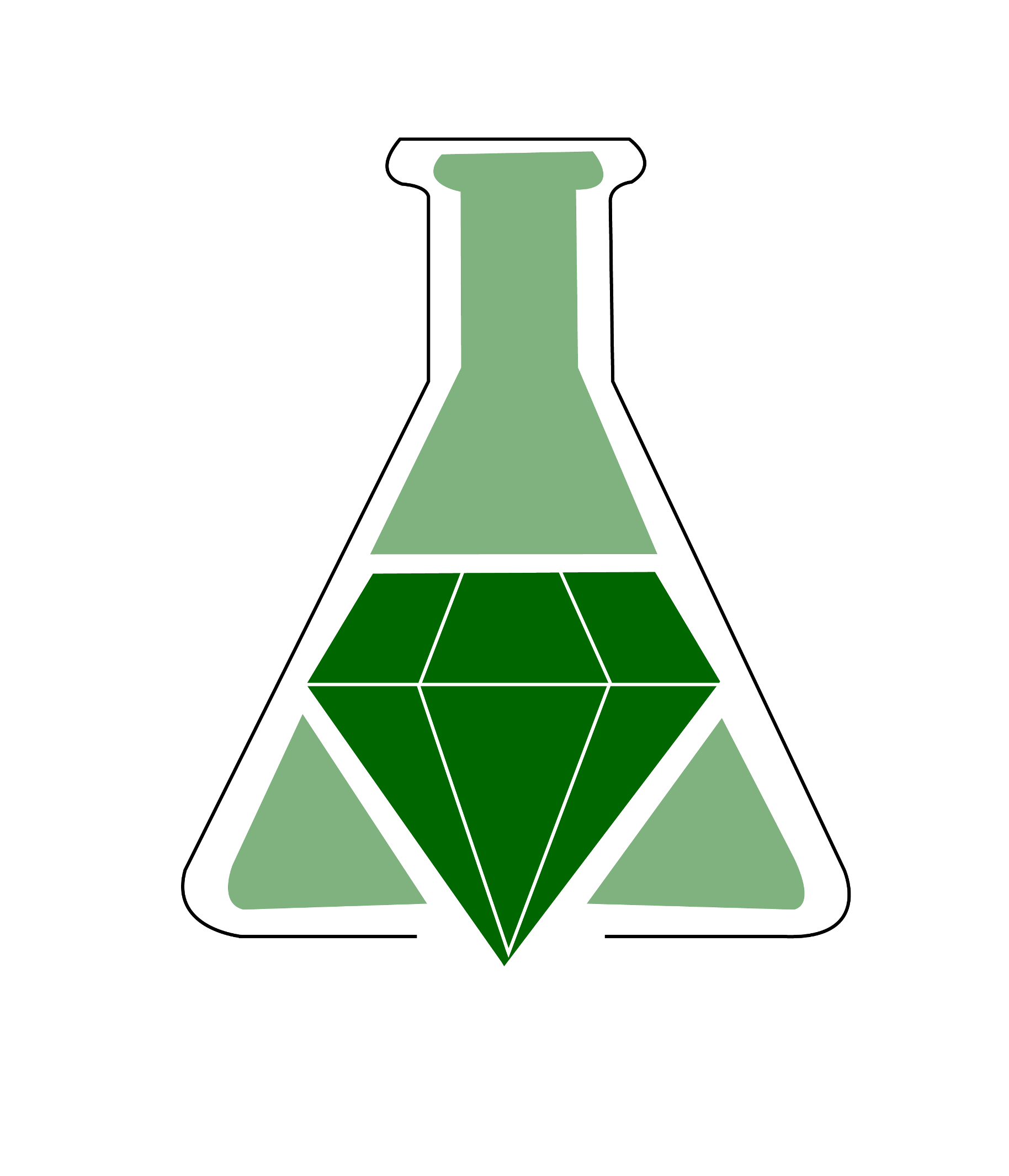Enantioselective Reduction by Crude Plant Parts: Reduction of Benzofuran-2-yl Methyl Ketone with Carrot (Daucus carota) Bits

Summary
Biocatalysis and biotransformations are important alternatives to consider when one is looking to substitute a conventional method with a greener one. One of the many advantages of using biotransformation as a synthetic method is that they are usually done in water and at ambient conditions. In addition, the reagents themselves are readily available, safe, and inexpensive to both buy and dispose of.
This experiment uses shredded carrots to enantioselectively reduce benzofuran-2-yl methyl ketone, yielding the optically pure alcohol. This lab illustrates the topics of green chemistry, biocatalysis, biotransformations, reductions, carbonyl chemistry, stereochemistry, stereoselectivity, optical activity, thin-layer chromatography, liquid-liquid extractions, and column chromatography.
The authors also suggest that students perform the sodium borohydride reduction of the ketone to compare and contrast the ease, safety, "greenness" and stereoselectivity of the two reactions.
The supplemental materials include lab procedures, lab report outline, lab questions, instructor notes, a list of necessary lab equipment, and CAS numbers.
Summary prepared for the original GEMs database October 2008 by Douglas M. Young at the University of Oregon.
Enantioselective Reduction by Crude Plant Parts: Reduction of Benzofuran-2-yl Methyl Ketone with Carrot (Daucus carota) Bits
Silvana Ravía, Daniela Gamenara, Valeria Schapiro, Ana Bellomo, Jorge Adum, Gustavo Seoane, and David Gonzalez
Journal of Chemical Education 2006 83 (7), 1049
DOI: 10.1021/ed083p1049
This experiment uses shredded carrots to enantioselectively reduce benzofuran-2-yl methyl ketone, yielding the optically pure alcohol. This lab illustrates the topics of green chemistry, biocatalysis, biotransformations, reductions, carbonyl chemistry, stereochemistry, stereoselectivity, optical activity, thin-layer chromatography, liquid-liquid extractions, and column chromatography.
The authors also suggest that students perform the sodium borohydride reduction of the ketone to compare and contrast the ease, safety, "greenness" and stereoselectivity of the two reactions.
The supplemental materials include lab procedures, lab report outline, lab questions, instructor notes, a list of necessary lab equipment, and CAS numbers.
Summary prepared for the original GEMs database October 2008 by Douglas M. Young at the University of Oregon.
Enantioselective Reduction by Crude Plant Parts: Reduction of Benzofuran-2-yl Methyl Ketone with Carrot (Daucus carota) Bits
Silvana Ravía, Daniela Gamenara, Valeria Schapiro, Ana Bellomo, Jorge Adum, Gustavo Seoane, and David Gonzalez
Journal of Chemical Education 2006 83 (7), 1049
DOI: 10.1021/ed083p1049
Safety Precautions, Hazards, and Risk Assessment
See published journal article
Link to external
